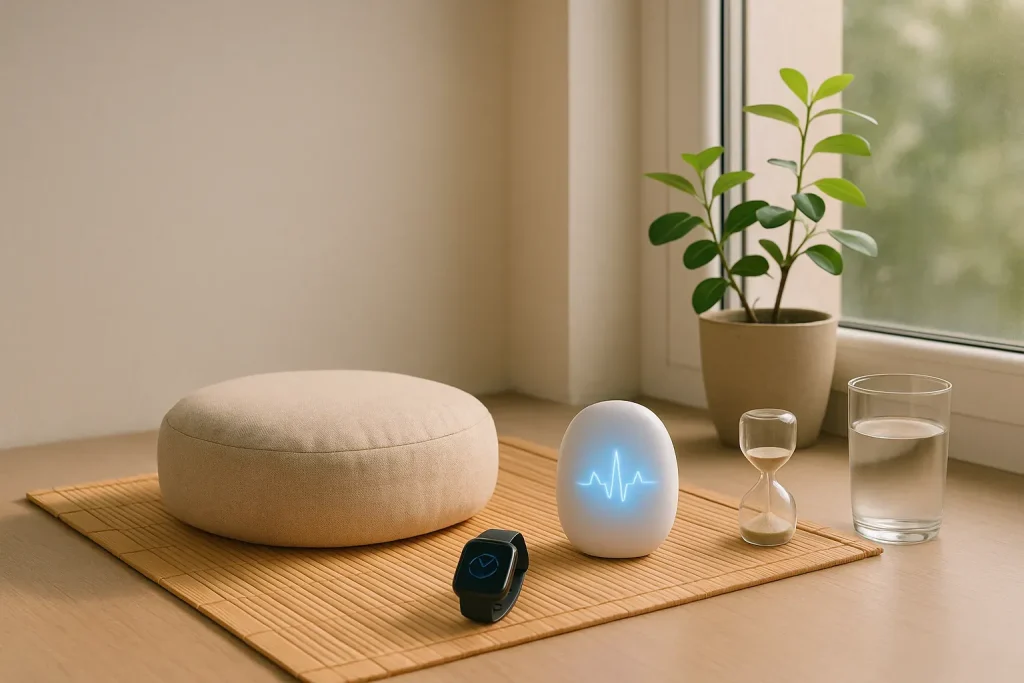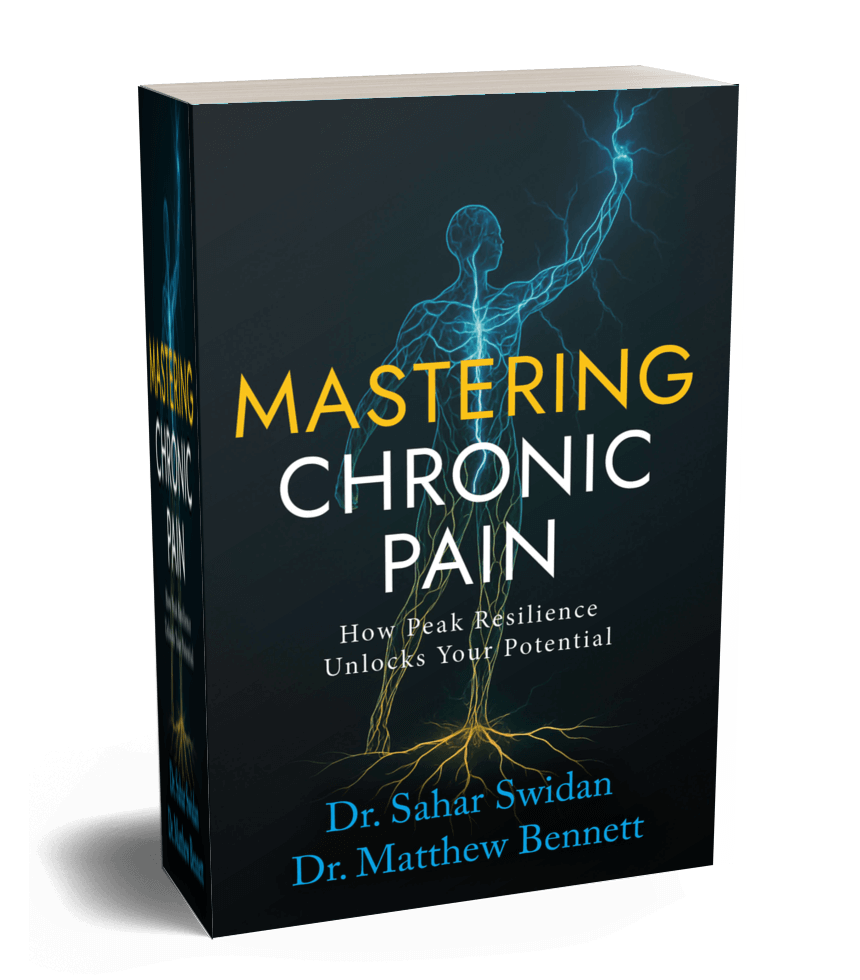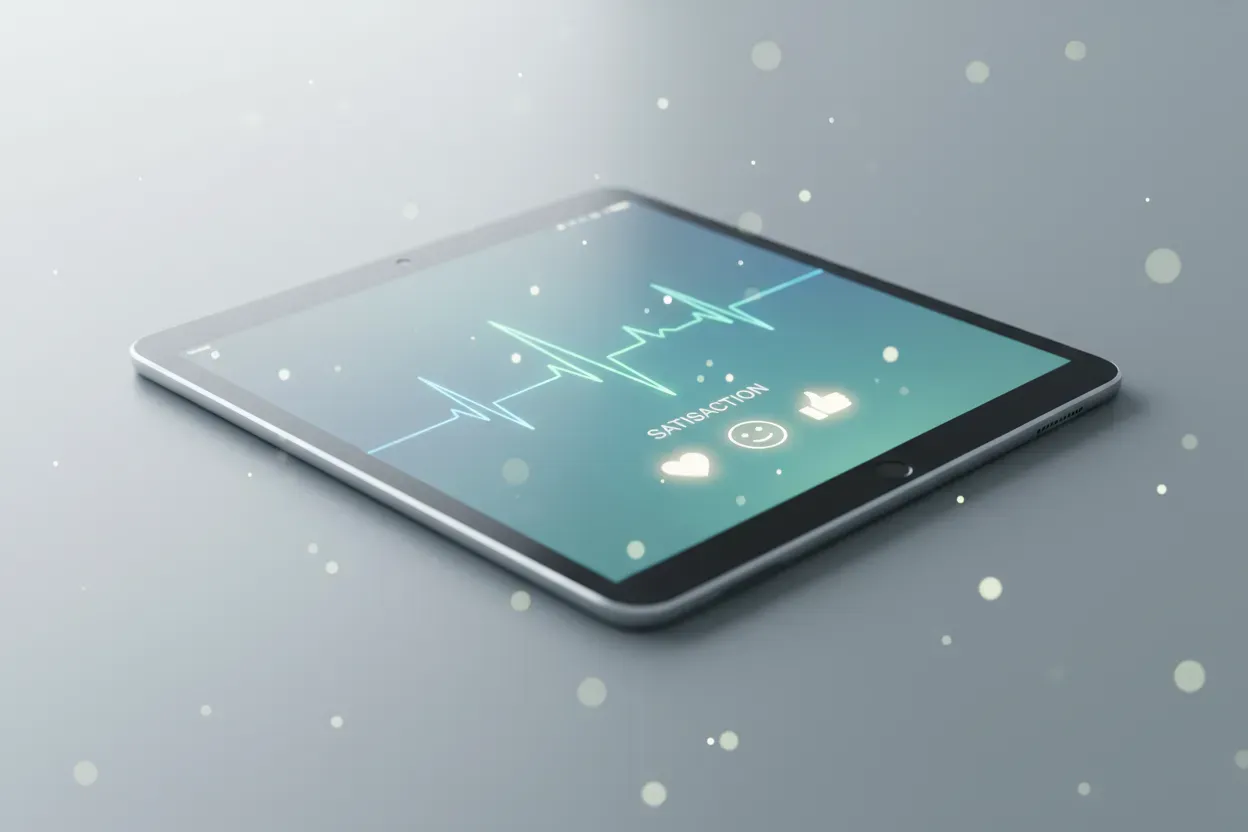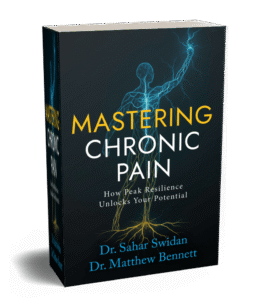Modern life demands constant attention, but implementing small mindfulness practices can significantly improve mental well-being according to leading health experts. This article presents sixteen practical techniques that can be seamlessly integrated into daily routines without requiring major lifestyle changes. From brief breathing exercises to strategic pauses throughout the day, these evidence-backed practices offer accessible paths to greater mental clarity and reduced stress.
- Transform Commute Into Mindful Driving Practice
- Take Three Deep Breaths Between Tasks
- Create Small Pauses Between Context Switches
- Practice Doorway Pauses Throughout Day
- Find Natural Moments of Quiet Reflection
- Take Brief Micro-Pauses to Break Autopilot
- Share Daily Coffee With Loved Ones
- Dedicate Ten Minutes to Device-Free Sauna
- Start Mornings With Breaths Before Phone
- Morning Journaling Creates Mental Clarity
- Meditate In Car Before First Appointment
- Combine Podcasts With Morning Routine
- Use Five-Minute Meditations During Stressful Moments
- Cook Meals Without Audio Distractions
- Prioritize Tasks After Mindful Morning Review
- Book Weekly Solo Lunches Without Distractions
Transform Commute Into Mindful Driving Practice
I’ve reclaimed my daily commute as a dedicated mindfulness practice. For years, my drive was just a blur—my mind would race, rehearsing conversations or worrying about my schedule before I even arrived. I was physically in the car, but mentally, I was already in the office, and I often started the day feeling frazzled and reactive.
The shift was simple, but not easy. I started by turning off the podcasts and just focusing on the physical act of driving. I would notice the feeling of my hands on the steering wheel, the hum of the engine, and the rhythm of my own breathing. When a red light came up, instead of grabbing my phone, I would use it as a prompt to take one deep, intentional breath.
It’s a small change that has had a significant impact on my mental well-being. By the time I get to my office, I’m not just physically present—I’m mentally present, too. Starting the day with this sense of calm and focus allows me to be more centered and available for my patients, and I end the day feeling far less depleted. It’s a reminder that mindfulness isn’t about adding another task to your list, but about bringing awareness to what you’re already doing.

Take Three Deep Breaths Between Tasks
I’ve had to figure out how to handle stress in a demanding setting. Taking three deep, deliberate breaths before beginning any new work, whether it’s sitting down to write or entering a patient’s room, is the most successful mindfulness exercise I’ve incorporated into my daily routine.
Although it’s simple, that pause causes a brain reset. It has gradually reduced my baseline stress, improved my ability to concentrate, and increased my presence at work and at home.
Sometimes three deep breaths are plenty to change your perspective and safeguard your mental health; mindfulness doesn’t have to be a 30-minute meditation.
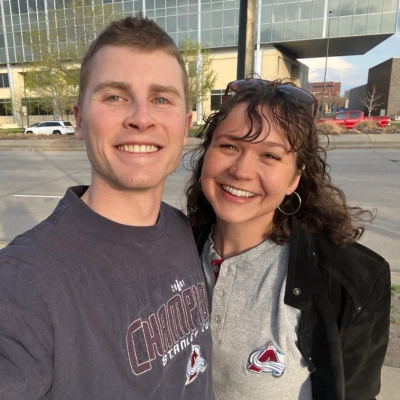
Create Small Pauses Between Context Switches
One thing that’s really stuck for me is building in small moments of pause throughout the day, especially between context switches. I used to jump straight from one meeting to the next or from writing to problem-solving without any real transition. It felt efficient on the surface, but mentally it was exhausting.
Now I make a point of stepping away for just a few minutes between tasks. Sometimes that’s a short walk, sometimes just sitting quietly without my phone, or even jotting down one or two thoughts to clear my head. It’s not some formal meditation practice, but it’s been a really effective way to reset and stay grounded.
That shift has had a huge impact on how I show up both at work and outside it. I feel more present, less reactive, and way better at noticing when I’m starting to spin out or lose focus. It’s also helped me separate urgency from importance, which makes a big difference when you’re juggling lots of moving parts.
We’ve extended that mindset across the team too. No back-to-back meetings. Space for deep work. Encouragement to take mental reset moments during the day. It’s small stuff, but it adds up fast. People feel more in control of their energy, and it’s made a big difference in team morale. Productivity has gone up, not because we’re pushing harder, but because we’re thinking clearer and working with more intention. Everyone feels like they have permission to protect their focus, which makes the quality of work better across the board.

Practice Doorway Pauses Throughout Day
One simple mindfulness habit that works well for many people is to practice a Doorway Pause, where every time you start a task or enter a new space, you take three slow breaths, do a quick STOP (Stop, Take a breath, Observe one sensation or emotion, Proceed) check-in and then begin. Since this action gets paired with something you already do dozens of times a day, it sticks, and it only takes ~60 seconds. Over a few weeks, people usually notice fewer incidents of stress and rumination loops, easier shifting between tasks, better focus for the first 10-15 minutes of work blocks, and a calmer baseline that carries into the evening. This reduction in stress and carry-over into the evening can also positively impact wind-down times and sleep, encouraging a healthier lifestyle overall.

Find Natural Moments of Quiet Reflection
I’ve spent the past decade writing about practical ways people can integrate mindfulness into their everyday lives — but for me, it started with something simple and personal.
When I was younger, I used to find myself drawn to quiet fields near where I lived. On warm afternoons, I’d just lie down in the grass, with the chatter of people around me fading into the background. There was nothing structured about it — no meditation technique, no timer, no goal. It was just me, the sunlight on my face, and the hum of life carrying on around me.
I didn’t realize it at the time, but those moments were mindfulness in its rawest form: being fully present without needing to change a thing.
The impact was profound. I’d walk away lighter, clearer, and less tangled in my own thoughts. It felt like my nervous system had quietly reset itself. That simple practice of lying in a sunny field was what opened my eyes to mindfulness as a way of life. Eventually, I began to study it intentionally, trained as a practitioner, and built my work around showing others how presence, even in its simplest, most natural form can transform well-being.
So, to answer your question: mindfulness entered my routine not through a technique, but through an experience. And it changed the trajectory of my life.
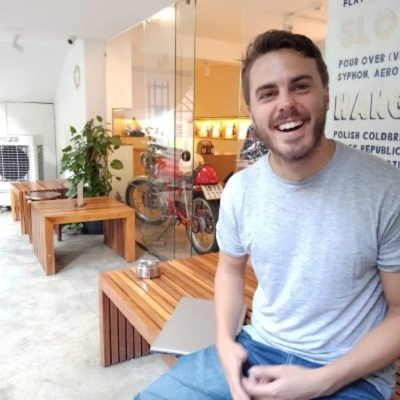
Take Brief Micro-Pauses to Break Autopilot
A lot of mindfulness advice leans toward 20-minute meditations or carefully crafted morning routines. What actually changed things for me was something much smaller: micro-pauses between tasks.
Here’s how it works. Instead of rushing from one Zoom call to firing off the next email, I stop—literally for 30 seconds. Sometimes I just sit back, notice my breath, or even just stare out the window. The trick isn’t the length of the pause; it’s that it breaks the autopilot “next, next, next” cycle that most of us live in. That tiny interruption is enough to reset my brain from being reactive to being present.
The impact has been surprisingly big. My stress didn’t come from one overwhelming event; it came from the relentless accumulation of small, unchecked transitions. Once I started adding these pauses, I noticed two things: I felt less drained at the end of the day, and my decisions—especially the high-stakes ones—were less impulsive. It’s like giving your nervous system a chance to catch its breath before you jump back into the current.
Mindfulness doesn’t always have to be some grand ritual. Sometimes it’s just asking yourself: Do I really need to dive into the next thing this very second, or can I give my brain 30 seconds of space? That shift has had a bigger impact on my mental well-being than any app or breathing technique I’ve tried.

Share Daily Coffee With Loved Ones
One of the rituals that helps me center myself is having a cup of coffee with my dad every morning. He’s aging and dealing with dementia, but that morning cup of coffee is a moment when he’s the most coherent and with it, and even when he doesn’t know exactly what’s going on, he’s clearly enjoying the moment. It’s a quiet, peaceful way to start the day, and also helps me to stay in connection with my “why”.

Dedicate Ten Minutes to Device-Free Sauna
I dedicate ten minutes to sauna time every morning before starting my workday without any electronic devices or background music while I focus on breathing. The sauna experience at our spa began as a test of our morning routine, but it evolved into my daily ritual. The most important thoughts I have emerge from this peaceful environment.
A guest who visited our spa adopted this practice of steam and breathing without any distractions after experiencing it at our facility. A basic practice of breathing through steam during sauna sessions creates a fundamental change in your daily activities. The practice has brought me greater calmness and improved my ability to focus and listen better to others.

Start Mornings With Breaths Before Phone
I like to start my mornings with a few deep breaths before I even touch my phone. It gives me a sense of calm and sets a positive tone for the day. I’ve learned that even in busy moments I can choose to slow down, and that simple practice has made me feel more balanced and present for myself, my team, and the people I support.

Morning Journaling Creates Mental Clarity
Mindfulness became part of my daily routine when I started journaling in the mornings. I spend a few minutes writing freely and allow my thoughts to flow without editing. The goal is not to write well but to clear the mind before the day begins. This practice creates space for clarity and helps me feel more grounded. It allows me to enter the day with a lighter mindset and a stronger sense of presence.
Over time, I noticed the impact in both my personal and professional life. I became less reactive in conversations and more intentional with my choices. Stress levels dropped because I no longer carried scattered thoughts into my workday. Journaling gave me a way to process emotions and sharpen focus. It showed me that mindfulness is not only about quiet reflection but also about active engagement that strengthens mental well-being and leadership.

Meditate In Car Before First Appointment
I’ve incorporated mindfulness into my daily routine by taking 15 minutes each morning to meditate in my car using the Calm app before my first appointment. Despite being initially skeptical about meditation, this consistent practice has significantly improved my ability to remain patient and focused throughout demanding workdays in the real estate industry. The regular mindfulness practice has transformed how I approach client interactions, allowing me to be more present and responsive to their needs rather than feeling overwhelmed by the day’s pressures.
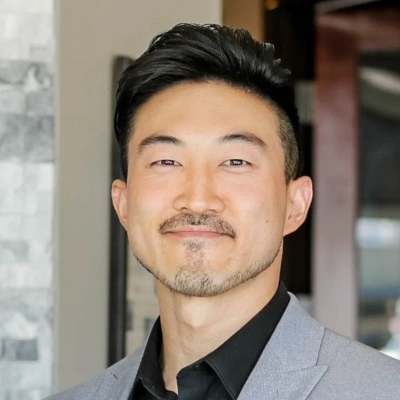
Combine Podcasts With Morning Routine
Listening to a wellness podcast while getting ready in the morning or during a commute to work can subtly set a positive tone for the day. The topic becomes an anchor, guiding your mind and priorities subconsciously throughout the day. Coaches like Teal Swan offer 20-minute wellness lessons which fit perfectly into a morning routine.
A bonus wellness habit is to reserve 5 to 10 minutes at the end of your workout for a guided meditation cool down. While your body’s “happy hormones” like serotonin, dopamine, and endorphins are elevated, the body’s high frequency is the best time to focus on manifestation. A brief meditation on abundance, love, or purpose is the perfect way to calm your mind with your body.
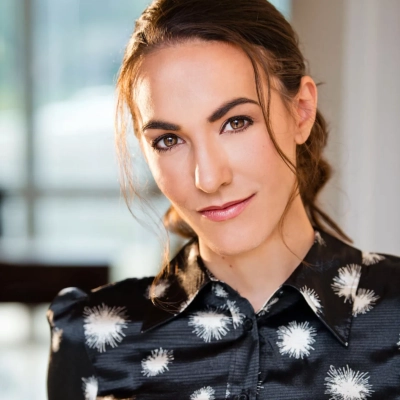
Use Five-Minute Meditations During Stressful Moments
I prefer to use mindfulness as a go-to coping strategy when I feel stressed or overwhelmed. I have a 5-minute guided meditation on my phone, and I can usually find time, even during a hectic day, to shut my door, sit down for 5 minutes, and re-center myself. It’s as important as caffeine and a good lunch in getting me through the tough days, and simply knowing that I could take the time to meditate can sometimes be enough to calm me down.

Cook Meals Without Audio Distractions
There are a few ways I practice mindfulness! Depending on where I’m at with work, my mind needs something a little different. These days, I’m cooking with no headphones or podcast on for lunch and dinner. Even if I’m just throwing things together, I really pay attention to the chopping and the way the meal is coming together. It feels meditative for me! Sometimes, I will also workout, run, or take a walk break without headphones (for at least the first 10 minutes)!
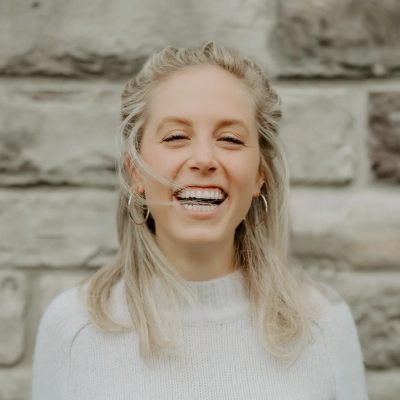
Prioritize Tasks After Mindful Morning Review
I start my mornings by reviewing the tasks ahead for the day and week, then take a mindful pause to decide which ones matter most. I ask myself: if I only accomplished these few things, would I feel satisfied with my day or week? Focusing on true priorities—rather than just staying busy—has helped me accomplish more with less stress. This shift has made a meaningful difference in my overall well-being.
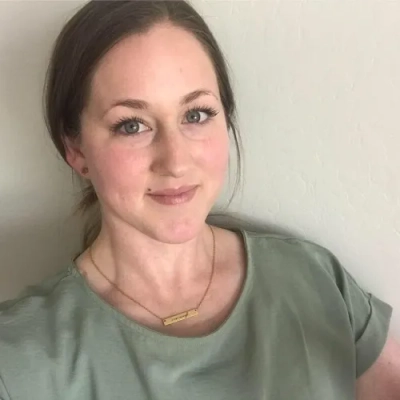
Book Weekly Solo Lunches Without Distractions
Once a week, I book a solo lunch—no meetings, no phone, just pen and notebook. That intentional time with my own thoughts has become sacred. It’s where unexpected ideas surface, not during screen time. Mindfulness often lives in the margins, not the apps. That habit restored my original creativity.
We encourage clients to design “white space” blocks instead of over-scheduling productivity. One SaaS founder said it saved him from his burnout spiral. Stillness generates strategy when structured right. Mindfulness isn’t a retreat—it’s performance fuel when honored regularly. That perspective shift made all the difference.


